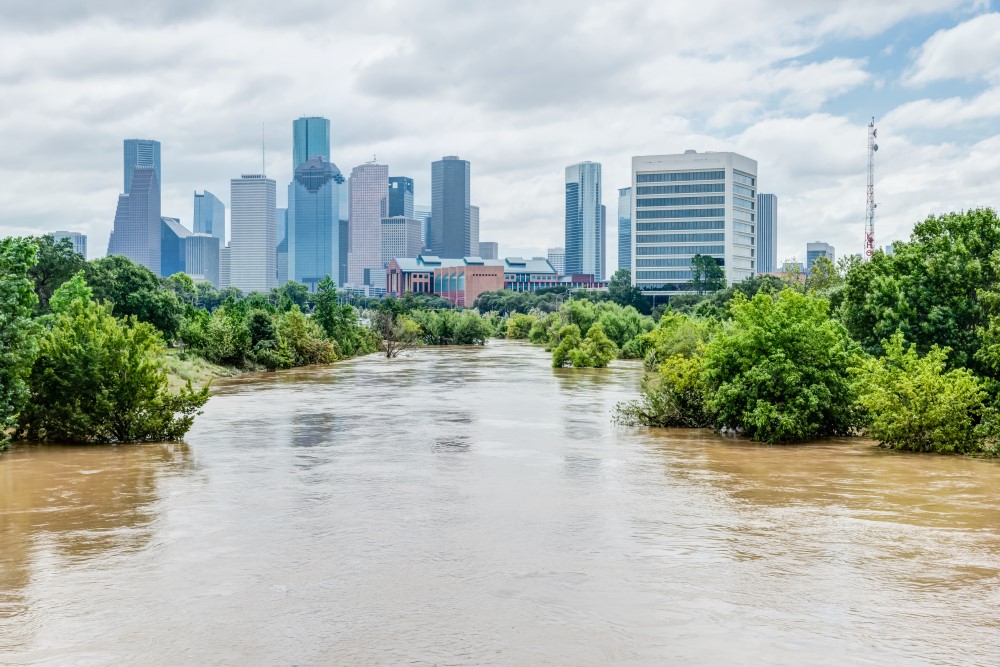Advice for building a career in climate science from the women of Cervest

This year’s International Women’s Day (IWD) is all about embracing equity. Equity is a must-have – it is crucial to know the difference between equity and equality. This year’s campaign highlights why equal opportunities aren’t enough and that collectively we can drive change.
This IWD, we celebrate our incredible team of women. We explain why we need more women and diversity in climate science, and share our advice for other women wanting to get into the field.
Cultivating a workplace that empowers women
To date, 41% of the Cervest team are women, and 53% of our statistics, climate, and earth scientists are represented by women. At Cervest, we are committed to building and nurturing a diverse and consciously inclusive culture that fosters belonging and empower women. Our approach to Equity, Diversity and Inclusion (EDI) is process and impact-driven, meaning we build EDI into our foundational mechanisms to ensure it is part of everything we do.
An example of this is our promotion cycles: everyone is automatically considered for a promotion, with an option to opt-out instead of opting in. This is to ensure that personality traits such as confidence and outspokenness - often associated with men - are not favored over traits associated with women and minority groups.
Cervest champions family-friendly practices, from enhanced maternity and paternity leave policy to a flexible and remote working culture. We also have a range of supportive communities, including Parenthood and Women of Cervest groups. The Women of Cervest group actively runs as a space for empowerment and resource sharing. In March alone, the group has organized four events, including an anti-bias workshop, in celebration of Women's History Month.

Why we need more women in climate science
Simply put, there are not enough women in the field. Of Reuter’s list of the 1,000-most influential climate scientists, less than one in seven were women.
UN Secretary-General António Guterres said it well: “We can all do our part to unleash our world’s enormous untapped talent – starting with filling classrooms, laboratories, and boardrooms, with women scientists.” Championing and supporting women climate scientists is a global necessity. We need to grow global talent exponentially in order to pave the way for education and resilience in the face of climate change.
It’s critical to garner diverse talent from all corners of the globe – for inclusivity and to make sure every country affected by climate change can add to the debate, not just high-income countries. Our talent pool needs to be diverse to allow for novel ideas and brilliant solutions.
When we interviewed expeditionist Rosie Stancer last year about her 600km desert trek, she gave us her thoughts on why we need more women in climate: “Women and girls have a key role to play in addressing the causes and consequences of climate change. Working to reach Net Zero faster and protecting things like water resources from the damage we have already done, will take a global effort. This is not a gender issue – everyone must play their part. But for that to happen, we need to remove the obstacles for women and girls building successful careers in fields like science and engineering.”
Still, did you know that women are typically given smaller research grants than their male colleagues? While women represent 33.3% of all researchers, only 12% of members of national science academies are women. It needs to change, and fast.
Advice for other women wanting to get into climate science
Climate science offers a rewarding career path and it’s one where we need more trailblazing women. We talked to our team at Cervest and asked them for tips for women pursuing roles in climate science. Dr. Tamara Huete, an Earth Scientist at Cervest said: “Don't be afraid of new challenges like moving out of your primary field. Science is continuously evolving and provides learning opportunities. Learn a coding language, it will make your life easier, and it will open up job opportunities. Science is not limited to academia. The industry has started to understand the value of climate-related science and it is a field that is growing. Learn about big data processing, machine learning (ML), and artificial intelligence (AI) – they are the tools of the future. As more data becomes available, professionals in these fields will be required. Continuous learning is part of the job for every scientist. Don't be afraid to acknowledge things that you didn’t know.”
Research Scientist, Ramani Lachyan, added: “You don't need to have a degree in climate science to work in climate science. The skills obtained while doing research in other sciences can be easily translated to climate science.” These transferable skills can be used in climate science occupations.
Ana Nemesio, Cervest’s Computer Vision Scientist, shared her perspectives: “Embrace the change and don't be afraid to ask for help. Many companies in the climate technology sector are still finding their place, so there will always be uncertain times. Embrace that change and try to learn from it. It is a difficult challenge, and to solve it we all have to work as a team. If you need to ask for help when navigating the changes, do it, it's not a sign of weakness but rather a sign of courage and interest.”
Finally, Dr. Helen Beddow, Cervest’s Climate Content and Knowledge Lead, gave excellent advice on motivation for women embarking on a career in climate science: “Follow the path that keeps you interested.”
For more useful resources, visit the Cervest Women in Climate Science Hub. If you’re interested in joining our growing team of climate intelligence pioneers, visit our careers page.
Share this article
Our latest news and insights

Capgemini to embed Cervest climate intelligence into climate transition, adaptation and sustainability strategies for their clients
Read more
What is climate intelligence and why do businesses and governments need it?
Read more
